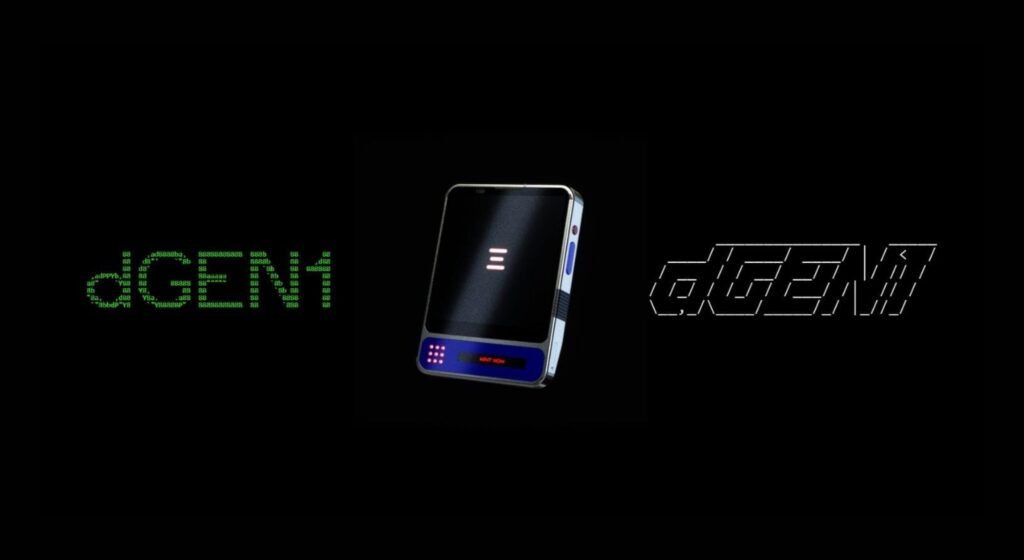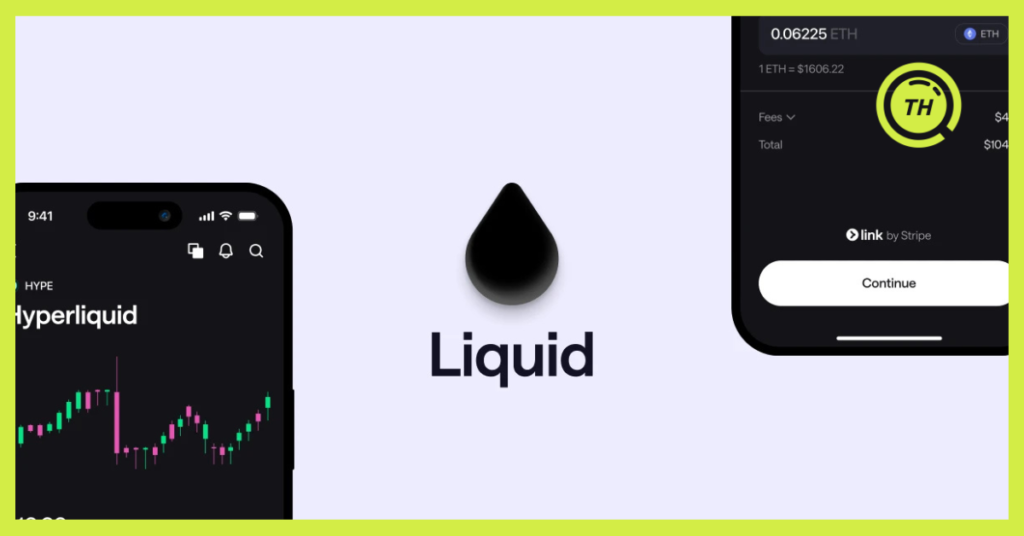In traditional finance, raising capital for a startup involves navigating a maze of pitch decks, legal paperwork, regulatory compliance, and gatekeepers like venture capitalists, banks, and exchanges. The process is time-consuming, expensive, and geographically biased—stacked in favor of those who already have access to networks and wealth.
ICM flips this model on its head.
At its core, ICM enables startups to raise capital directly from a global community of investors by issuing tokens, often tied to a product, concept, or creator vision. No VC introductions. No Series A or B. Just a permissionless, on-chain market where capital meets innovation—instantly.
How ICM Startups Raise Funds with Tokens
Here’s how a startup can launch and fund its early development under the ICM model:
– Token Creation
The startup creates a native token that represents value tied to their vision—this could represent equity-like interest, access rights, governance power, or even future revenue.
– On-Chain Launch
Using platforms like BelieveApp, startups launch their tokens by simply tweeting @launch [token name], instantly listing them in a live market.
– Market Discovery
Instead of relying on insider negotiations, the token’s price and demand are discovered by the open market. If the idea resonates, buyers rush in. If it doesn’t, the market provides immediate feedback.
– Capital Access
As token purchases roll in, the startup collects initial capital in SOL or USDC, which can be used to build products, grow community, or fund operations.
– Ongoing Engagement
Token holders become stakeholders. They might participate in governance decisions, receive rewards, or simply enjoy being early supporters. This creates a tight feedback loop between builders and backers.
Why This Model Is So Revolutionary
1. Global Participation:
ICM opens the door to billions of internet users who were previously excluded from early-stage investing. Geography, accreditation status, or bank access are no longer blockers.
2. Real-Time Capital Formation:
Traditional fundraising can take months. With ICM, creators raise capital in hours—sometimes minutes—while engaging directly with their community.
3. Community-Driven Validation:
Startups no longer need approval from a handful of VCs. Instead, they pitch directly to a global, decentralized audience that votes with their wallets.
4. Lower Costs & Friction:
There’s no need for legal teams, roadshows, or middlemen. Launching a token costs only a few cents in gas fees, thanks to Solana’s speed and affordability.
5. Programmable Incentives:
Tokens are more than shares—they can unlock staking rewards, governance rights, product access, and more. This allows startups to create token-powered ecosystems that drive loyalty and usage.
ICM vs Traditional VC: A Quick Comparison
| Feature | Traditional VC | Internet Capital Markets (ICM) |
|---|---|---|
| Access | Restricted (VC networks, KYC) | Open to anyone with a wallet |
| Speed | Weeks to months | Instant (minutes to hours) |
| Cost | Legal, compliance, overhead | Minimal (gas fees only) |
| Liquidity | Illiquid until IPO/acquisition | Instant secondary trading |
| Feedback Loop | Slow, boardroom driven | Fast, community driven |
Real Examples: Believe and Beyond
BelieveApp is leading the ICM wave with its frictionless token launchpad. Early-stage creators have raised millions by simply posting a tweet that ignites belief.
LAUNCHCOIN, the platform’s native token, showcases how infrastructure plays can also ride the wave—bringing value to creators and investors alike.
Other platforms like Virtuals are experimenting with point-based fundraising mechanisms that gamify participation in new token economies.
Together, these platforms demonstrate that ICM isn’t just a trend—it’s infrastructure for the next era of internet-native capitalism.
What Types of Projects Can Use ICM?
Virtually any startup or project can utilize the ICM model, including:
Consumer apps that want to bootstrap their user base with token incentives.
Open-source tools looking to reward contributors and raise funding.
Creators or influencers monetizing their audience with belief-backed tokens.
Meme projects that evolve into serious communities.
AI or DeSci protocols that require new capital formation models outside of legacy finance.
The key ingredient? A story people can believe in—which the token becomes a vehicle for expressing and funding.
Conclusion: Capital for the Internet Age
Internet Capital Markets are reimagining how we build, fund, and scale ideas. They offer a new toolkit for startups, not just to raise money, but to align incentives with a global community of believers from day one.
In the Web2 era, capital followed proven models. In the ICM era, capital follows conviction.
If you have an idea worth backing, there’s now a decentralized road to launch it—no boardroom required.
So go ahead.
Believe in something.
Tokenize your vision.
Join the Internet Capital Market.













Comments